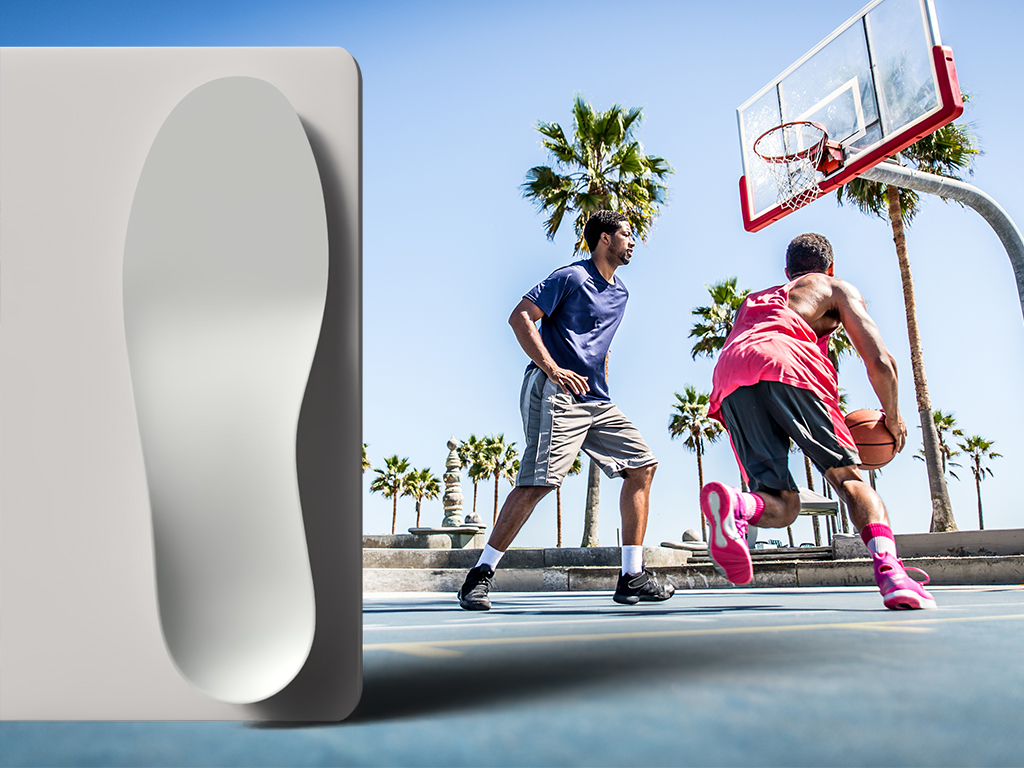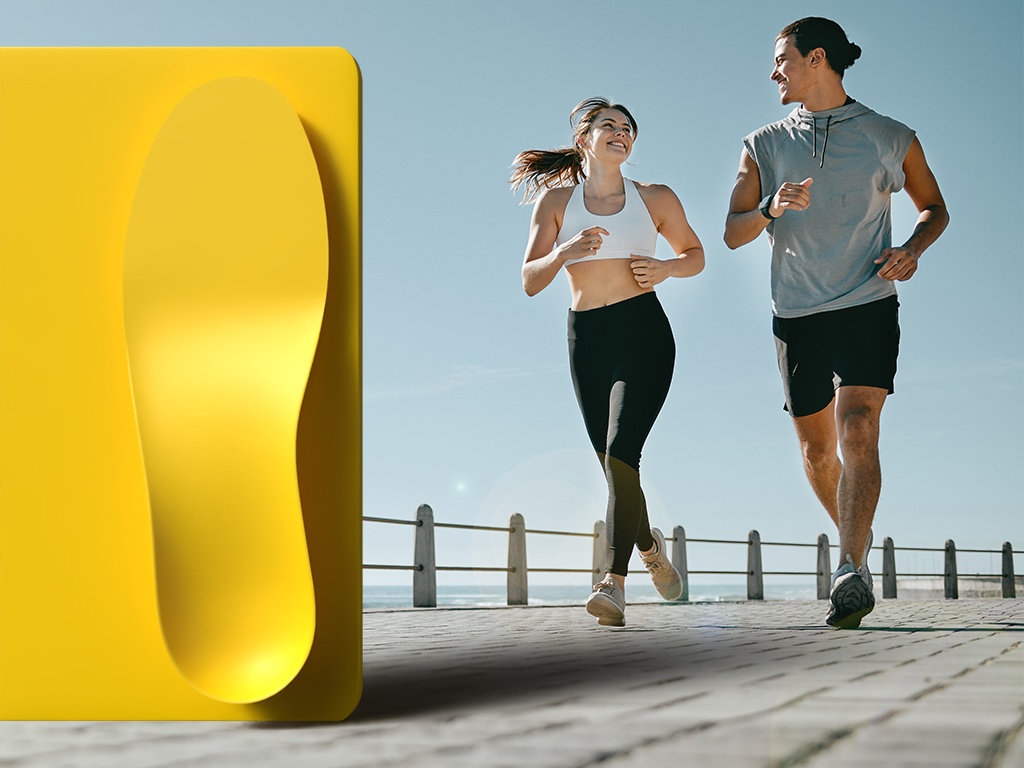Why Footwear Brands Are Investing in the Insole Experience
Footwear should be experienced – and footwear experience design trends include a thoughtful insole selection to ensure comfort, performance, and support.

No matter what sport they’re built for, athletic shoes require insoles that can provide comfort and performance without weighing down the rest of the shoe.
EVA and PU are two popular athletic insole materials that each offer unique benefits for athletic footwear. But when every gram counts, which material is best for balancing lightweight performance and durability?
Ethylene-Vinyl Acetate (EVA) is often a popular choice for insole materials because of its lightweight cushioning properties, especially in the world of running footwear. The structure of EVA can provide good energy return, providing wearers with a responsive underfoot feel that works well on pavement or hard terrain.
For footwear developers, EVA has the benefit of low density, which keeps the overall weight of the shoe low and making its construction a little more cost-effective. While it cuts down on the weight of the insole, EVA does not have the same durability or compression set as other insole materials.
This means an EVA insole can flatten out more quickly over time, unlike materials like poured PU, which retain their original thickness for much longer. For this reason, wearers may need to replace their EVA insoles at least once during the life of their shoes.

Poured polyurethane (PU) insole materials offer a different set of benefits, focusing on durability, shock absorption, and shape support.
Poured PU foams routinely test better for durability and compression set, meaning they are more likely to retain their thickness for the full life of the shoe, even under heavy use. They can also be engineered for high shock absorption, making them an excellent choice for impact protection and anti-fatigue comfort.
The dependable structure of poured PU means it can make insoles with form-fitting shape, providing arch support and heel cupping for greater stability. However, the ergonomic features of poured PU sometimes come at the cost of more weight. This is why poured PU is often found in everything from workwear to casual shoes, but it might not always be the first choice for sneakers or lightweight athletic footwear.

Insoles for athletic and performance shoes need to be lightweight to keep their wearers nimble and responsive. This means that historically, athletic footwear developers have had to sacrifice the durability of their insole materials for lighter materials like EVA. INSITE is changing the game with a new ultralight PU engineered for insoles for athletic shoes.
INSITE Levation™ Ultralight is an advanced formula that can achieve the same durability, shape support, and shock absorption as poured PU, but with up to 30% less weight.
It also has an energy return comparable to EVA, giving footwear customers the value of a more durable insole without sacrificing cushioning and performance.

From soaring on the court to sprinting across the finish line, insoles for athletic shoes require a balance between durable materials that can withstand intense activity without weighing down the shoe.
Is your brand looking for new innovations that add lightweight, durable materials to your athletic footwear?
With up to 30% less weight than standard poured PU and longer-lasting compression than EVA, INSITE Levation Ultralight poured PU can help.
Request a sample to learn more about Levation Ultralight and the rest of our Levation poured PU insole materials.
Ready to take your footwear to the next level? Request a sample from INSITE today, and we’ll show you how INSITE insole shapes and materials can take your footwear to the stratosphere.
Footwear should be experienced – and footwear experience design trends include a thoughtful insole selection to ensure comfort, performance, and support.
How do you strike a balance between sustainability and performance when it comes to footwear materials? INSITE® Director of Research & Design Justin Ter Har recently answered this question at the FDRA Sustainability & Innovation Summit in Portland, OR in September.
Orthotics have many benefits, and orthotic-inspired insoles allow footwear brands to deliver those benefits right out of the box.